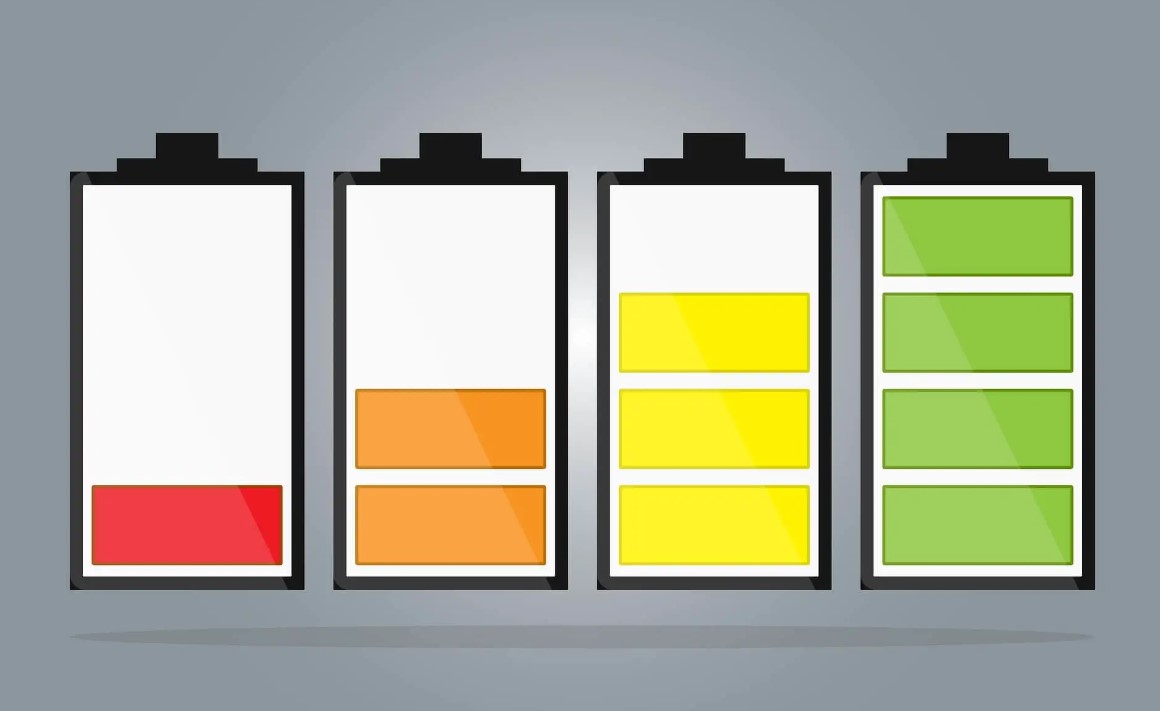AC/DC Power
The battery and its generalities
The battery is a device that allows the storage of DC electricity for later use. This varies depending on the type and characteristics of the batteries.
They are also known as accumulators, although for this case we can use both terms interchangeably.
This is because their difference is not significant for us, for the battery applications that interest us. These elements are of great importance as a means of energy storage for DC telecommunications.
Since they allow for uninterrupted continuity of DC service in case of AC power failure, batteries play a crucial role. Now, let’s take a look at the most important generalities about batteries.
What is the operation of the battery and its lifespan?

They are composed of different chemical elements, which allow them to be discharged and recharged a limited number of times.
Most of them allow about 1500 cycles, but this depends on various factors such as temperature, depth of discharge, among others.
Many manufacturers provide a warranty for the lifespan, which in the case of industrial batteries can be around 10 to 15 years. However, the reality is different.
Since the lifespan of a battery is measured in terms of discharge and charge cycles, this information is what you should ask the manufacturer for. By knowing this and keeping track of this process, you can determine when you need to replace them.
This way, you avoid the risk of service interruptions due to the end of their lifespan.
Types of batteries

In this post, we will only mention batteries and their types according to their voltage level, usage, and energy storage technology.
We suggest you read our article Electrical Power Equipment for Telecommunications. Part 2 to get some context.
According to the voltage level and usage
The most important types of batteries are:
- 2 Vdc Batteries: these are industrial batteries used in power systems for telecommunications
- 6 Vdc Batteries: commonly used in UPS systems and emergency lighting
- 12 Vdc Batteries: the most widely used type
These are the ones used in automobiles and, in our case, for small-capacity DC power systems.
It’s worth noting that the voltage of each battery depends on the number of cells it consists of. These cells have a nominal value of 2 Vdc.
Thus, the 2 Vdc batteries have a single cell, the 6 Vdc ones have 3 cells, and the 12 Vdc ones are composed of 6 cells.
Battery recharge
When it comes to recharging batteries, you need to provide them with a higher voltage value in order to fully charge them.
This value is around 2.25 to 2.35 Vdc per cell. That’s why battery chargers apply a voltage that can range between 13.5 to 14.1 Vdc. This applies in the case of 12 Vdc batteries.
For instance, you can observe this when you start your vehicle and measure the voltage at the battery terminals.

For telecommunications and industrial batteries, the situation is a bit different. The voltage level in this case depends primarily on the type of technology being used.
For these applications, where significant storage capacities are required, stationary batteries classified as industrial use are employed.
We recommend reading our post Stationary batteries and their types where you can learn about them in detail. It will be quite interesting for you!

As a final point…
In the post The stationary battery: lifespan and internal resistance, we will delve deeper into these important devices. If you have any doubts, feel free to write to us, and we’ll be happy to clarify them.
We explain all the battery engineering calculations to you, step by step, in the Power system design course for telecommunications. Don’t miss out on it! If you want to know its content, just follow this link.
Likewise, we invite you to review the posts on energydcac, where you will learn everything related to power systems for telecommunications.
Similarly, you will learn how to properly handle the care and maintenance of batteries.
Did this post meet your expectations? Your opinion matters a lot to us, so please leave it in the comments.
Image sources
- advancedbattery.ca
- energydcac.com
- instrumentationtools.com


Pingback: Solar inverter: what you need to know before buying. Part 4
Pingback: Is it worth installing a solar energy system at home? Part 3 - Energy DC/AC
Pingback: The stationary battery: lifespan and internal resistance - Energy DC/AC
Pingback: Electrical energy in telecommunications - Energy DC/AC
Pingback: Open lead-acid stationary battery - Energy DC/AC
Pingback: How to perform the discharge test of a stationary battery bank - Energy DC/AC
Pingback: Electrical power equipment for telecommunications. Part 2 - Energy DC/AC
Pingback: Parts of the DC power distribution panel for telecommunications. Part 3
Pingback: AC - DC rectifiers in telecommunications. Part 1 - Energy DC/AC
Pingback: What is a battery bank? - Energy DC/AC
Pingback: Stationary battery discharge test: advantages and disadvantages - Energy DC/AC
Pingback: Parallel connection: what it involves - Energy DC/AC
Pingback: AC-DC rectifier: float, equalization voltage, regulation, and control - Energy DC/AC
Pingback: Sizing criteria for battery banks in DC systems - Energy DC/AC